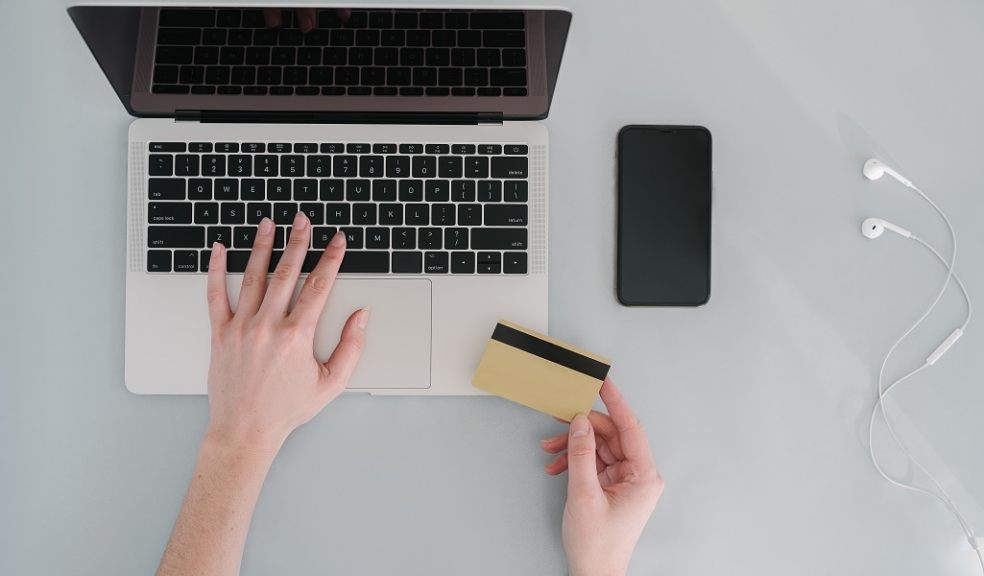
Best Payment Options for Modern E-Commerce Businesses to Receive Payments
Payment options in the online world are changing at a rapid rate. What was once considered safe and secure is now outdated and inefficient, while new payment methods are becoming more convenient for buyers and sellers. The good news for e-commerce businesses is that there is a wide variety of options available to them to receive payments.
One can choose between mobile apps, digital wallets, and point of sale (POS) systems like Square or Stripe; even cash payments are still an option! When deciding which one to use, the challenge comes: which payment method will best meet your needs? The answer depends on several factors such as buyer preferences, where you're selling from (online only versus brick-and-mortar), what kind of inventory you carry (physical vs. digital), etcetera.
Cryptocurrency
A cryptocurrency is a form of digital currency that isn't backed by any central bank or government but rather uses encryption techniques to regulate the generation of currency units and verify the transfer of funds.
When you think about it, cryptocurrency is not just another payment option for e-commerce business owners; it's the future. Cryptocurrency has become increasingly popular over the years as people look for ways to transact without relying on traditional banks or financial institutions.
You need to have an account with a legitimate cryptocurrency exchange, like OKX or Binance, etc. Many e-commerce sites already have integrated options for accepting payment through these leading cryptocurrency exchanges.
PayPal
PayPal is an online finance portal that allows easy transfer of money and payments to be made online. PayPal was established in 1998 as Confinity, a company that developed security software for handheld devices. In 2001, Confinity merged with X.com, an online banking company founded by Elon Musk. Peter Thiel replaced Musk as CEO in 2002.
They restructured the company's focus on financial services; they renamed it PayPal in 2003 after acquiring the payment service from eBay for $1.5 billion. The original version used to be known as "Billpoint," which stood for "Bill Point," using local currencies instead of US dollars.
The company provides its services without requiring a bank account or credit card number, making transactions more anonymous than those processed with traditional credit cards and other payment methods. As a result, it has attracted praise from both privacy advocates and criticism from consumer advocates. It also allows merchants to sell goods internationally without being charged high transaction fees associated with traditional credit cards.
Cards and Checks
Credit cards, debit cards, checks, cash, and more traditional payment methods are all available to choose from when you're setting up your business's payment system. Credit cards and debit cards are the most popular choices these days because they are processed quickly and offer a high level of security for both you and your customers. An added convenience factor is associated with these types of payments that make them attractive to both parties involved in the transaction.
Suppose a customer wants quick access to their funds after making a purchase online or over the phone through your company's website or app. They will likely be willing to pay using either type of card rather than waiting until their check clears first before receiving any money back into their account balance.
Checks are another common way people pay each other when doing business together or with friends. However, this method isn't always ideal because it can take several weeks before they clear through banks before getting deposited directly into someone's bank account. In addition, it means there may be delays between when transactions occur initially versus being reflected on bank statements later down the line due to waiting periods between sending checks out vs. receiving them back (for example).
Apple Pay
Apple Pay is a mobile payment system that allows you to make purchases in stores and online with your iPhone, iPad, and Apple Watch. It's a convenient way to pay for items that would normally require cash or credit cards since you can use it anywhere contactless payments are accepted.
In addition to being convenient, Apple Pay also offers privacy protection. Unlike other payment methods like credit cards or debit cards, Apple Pay does not share any personal information about you with retailers when making payments.
Apple Pay isn't just limited to iPhones; you can use this service on iPads or MacBooks! Suppose you're looking for an easy way to make secure transactions online without entering sensitive information every time (like credit card numbers). In that case, giving Apple Pay a try may be worth considering.
Google Wallets
Google Wallets is a payment system that allows you to pay with your phone. You can use it to pay at stores, online, and in-person by tapping your phone on a contactless reader. Google Wallet also lets people send money to friends and family; it's similar to Venmo or PayPal but uses the same technology that allows you to tap-and-pay in-store.
Google Wallet works by storing all of your credit card information securely on its servers so that customers don't need to enter any more personal information than they already do when making purchases with their cards.
Amazon Pay
Amazon Pay is a payment gateway that allows merchants to accept payments on Amazon.com. The service uses the same secure servers as those used by Amazon Payments, so you can be sure your customers' financial information is safe.
Amazon Pay has many different features that make it an attractive option for modern e-commerce businesses:
- Customers don't need to create an account or enter any personal information when paying with Amazon Pay.
- You don't have to manage separate accounts for each of your customers. You can use unified billing so that all orders are consolidated in one place instead of multiple platforms and apps.
- Customers who already have an existing account will be able to log in with just their email address and password. No need for a new login!
Modern Businesses Have Multiple Ways to Receive Payments
The payment options you choose will depend on a number of factors, including the business you are operating, the customer purchasing from your store, and the country they live in.
The most obvious factors are whether or not your customers are paying in local currency or another currency and whether or not they want to pay for goods with a credit card. If both of these things apply, then accepting payments via PayPal is probably the best option for you because it allows customers to pay using their credit cards while also allowing them to send money back and forth between accounts at no cost (provided they have an account).



















